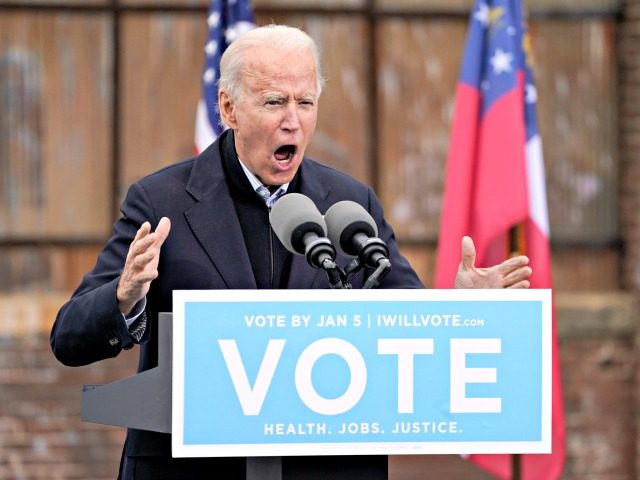New weekly jobless claims jumped to 885,000 in the week that ended December 12, the Department of Labor said Thursday.
The prior week’s initial claims number was revised up to 862,000 from the initial estimate of 853,000.
Economists had forecast a decline in claims to 806,000, according to Econoday.
Jobless claims can be volatile week to week so many economists prefer to look at the four-week average. This rose to 812,500 from 778,225.
Jobless claims—which are a proxy for layoffs—remain at extremely high levels. Prior to the pandemic, the highest level of claims was 695,000 hit in October of 1982. In March of 2009, at the depths of the financial crisis recession, jobless claims peaked at 665,000.
Even when the economy is creating a lot of demand for workers, many businesses will shed employees as they adjust to market conditions. But in a high-pressure labor market, those employees quickly find jobs and many never show up on the employment rolls. What appears to be happening now is that many workers who lose their jobs cannot quickly find replacement work and are forced to apply for benefits.
Claims hit a record 6.87 million for the week of March 27, more than ten times the previous record. Through spring and early summer, each subsequent week had seen claims decline. But in late July, the labor market appeared to stall and claims hovered around one million throughout August, a level so high it was never recorded before the pandemic struck. Claims moved down again in September and hade made slow, if steady, progress until the election.
New restrictions on businesses aimed at stemming the resurgence of coronavirus are likely contributing to layoffs now. Some states and cities have imposed new curfews and discouraged people from leaving home for non-essential reasons. Businesses faced with this suppressed demand will likely be forced to cut their payrolls to reflect lower sales.
The monthly jobs report released on the first Friday of December showed that hiring had slowed in November. Some sectors hardest hit by limits on capacity and social distancing, including restaurants, pared down their payrolls. Retailers expanded their payrolls by hundreds of thousands of workers to prepare for the holiday shopping season. But because they hired fewer workers than Department of Labor economists expected, this showed up as a contraction in the seasonally adjusted figures. Some of the traditional retail jobs also appear to have migrated into shipping and warehousing as shoppers moved online.
Continuing claims, those made after the first filing for benefits, get reported with a week’s lag from initial claims. For the week ended December 5, continuing claims fell 273,000 to 5,508,000. The four-week average of continuing claims was 5,726,250, a decrease of 215,500 from the previous week.
In addition to regular state unemployment benefits, the federal government this spring launched two new programs aimed at delivering benefits to workers who ordinarily would not qualify, including gig workers and the self-employed. During the week ending November 28, 51 states reported 9,244,556 continued weekly claims for Pandemic Unemployment Assistance benefits and 51 states reported 4,801,408 continued claims for Pandemic Emergency Unemployment Compensation benefits.
The total number of continued weeks claimed for benefits in all programs for the week ending November 28 was 20,646,779, an increase of 1,603,281 from the previous week. There were 1,782,260 weekly claims filed for benefits in all programs in the comparable week in 2019.
The highest unemployment rates in the week ending November 28 were in California (7.0), New Mexico (6.7), Alaska (6.6), Hawaii (6.5), Nevada (6.1), Illinois (5.6), Puerto Rico (5.6), Pennsylvania (5.5), Massachusetts (5.4), and the Virgin Islands (5.4).
The biggest increases in initial claims were in California (+48,341), Illinois (+33,485), Texas (+22,729), Pennsylvania (+16,955), and New York (+16,814).

COMMENTS
Please let us know if you're having issues with commenting.